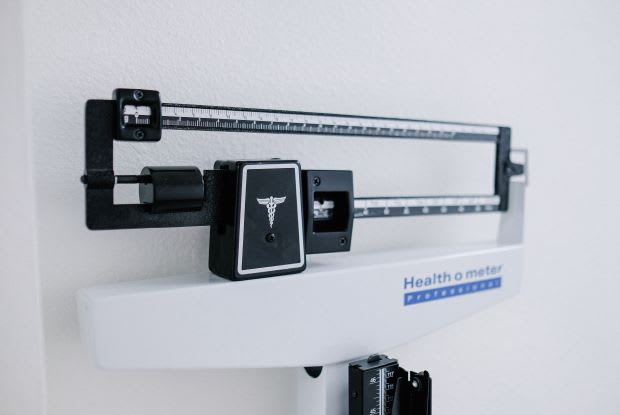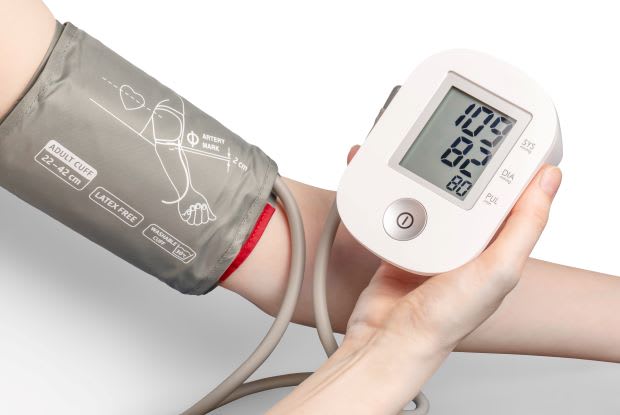Table of Contents
I. The Rate of Obesity in the United States
III. Why are Obesity Rates Increasing?
IV. Other Risk Factors for Obesity
V. When to Seek a Doctor’s Help
The Rate of Obesity in the United States
American obesity rates have been climbing steadily for the last several decades. These rates do not appear to be slowing down anytime soon. The Centers for Disease Control cites that the obesity prevalence was 42.4 percent from 2017-2018. This is a big jump from 2000 when the rate was 30.5 percent. Along with these percentages, the rate of severe obesity increased by nearly 10 percent. [1] If you are dealing with obesity, your doctor may prescribe a diet and exercise routine as well as medications like Xenical, also known as orlistat.
The incredibly high rate of obesity is taking its toll on Americans' lives and the medical system. Over $147 billion was spent on obesity in 2008, and those numbers have surely gone up in the last 13 years. So what's going on in the United States? America's love for McDonald's and quick and easy food can't be the only reason behind increasing obesity numbers. Read on to learn more. [1]

What is Obesity?
A body mass index is a measuring tool used to determine if a person is clinically obese. The BMI is a numerical value of your weight in relation to your height. A body mass index reading of 25 is considered overweight, and over 30 is obese.
The Centers of Disease Control define obesity as a chronic disease that puts people at risk of several health disorders, including type 2 diabetes, heart disease, and cancer. Obesity is common, but that does not mean it is not serious. The lifestyle choices of an obese parent may directly impact the health of their children. Unhealthy diet and exercise habits can be passed down through the generations, further increasing obesity rates.
Around one in five children struggle with obesity, and less than ten percent of children and adults get the recommended daily amount of vegetables. America may have many stereotypes surrounding fast food and obesity, but it has not always been that way. Several factors have led to this obesity epidemic, including increasing healthcare costs and the lack of accessible grocery stores. [2]
Why are Obesity Rates Increasing?
The United States may bear the brunt of fat jokes, but obesity rates are increasing worldwide. To put it simply, people are eating higher-calorie foods and getting less physical exercise. Several risk factors are spurring on these unhealthy habits, including:
Increased screen time: Our work and social lives exist more and more online. Since the COVID-19 pandemic began, millions of people began to work from home, and this trend is likely to stick around. Many of us spend all day working from a computer and spend our free time doing the same thing. This much screen exposure can disrupt our sleep patterns as well as our eating habits. It is easy to mindlessly eat while watching something and the blue light from the screen can affect appetite-related hormones and food choices. [3]
Bigger portions: If you have traveled out of the United States, you likely noticed that portion sizes are usually smaller than what you’d receive in your hometown. Restaurant portions have doubled or tripled in the last 20 years. These giant portions may skew American’s perception of a healthy serving size, leading them to consume many more calories than they need. It is important to remember that a healthy serving size for most food should be about the size of your fist. [4] Workplace habits: The majority of jobs today can be performed from a laptop while sitting at a desk, making it difficult to burn calories throughout the day. Studies show that only 20 percent of jobs require moderate physical activity, compared to 50 percent in 1960. Research has also found that Americans walk less than any other industrialized country, preferring to commute by car. All of these factors contribute to Americans getting less exercise. Less exercise plus poor eating choices is the perfect recipe for an overweight population. [5] Along with the factors above, there are many other reasons why a person may become obese. Obesity can occur at any age and is becoming more and more common in children. The following factors may increase your chances of becoming obese: For many, obesity occurs over several years. If you are clinically obese, other health disorders may send you to the doctor more frequently. If you notice a change in your health, you should talk to your doctor right away. Obese individuals may begin to have trouble performing everyday activities like walking up the stairs or being on their feet for long periods. Excess weight can severely affect your quality of life, and your doctor may be able to give you some tips on how to get your weight down. [6] Losing weight is not as easy as it sounds. Losing a large amount of weight usually requires several lifestyle changes that may be hard to begin. Losing weight is more than starting a fad diet – it's a series of sustainable changes to your everyday activities. It may feel overwhelming to begin, so you may want the help of your doctor or nutritionist to put you on the right track. Your doctor will calculate your BMI and check for health problems like high blood pressure and diabetes. You may be put on a prescription weight loss treatment like Xenical (orlistat) if you are eligible. Xenical works by blocking some of the fat you eat and keeping it from being absorbed by the body. Weight-loss medications are not a cure-all for weight problems. Your doctor will only prescribe Xenical along with a reduced-calorie diet. There is not a perfect diet or exercise routine that guarantees weight loss. Maintaining a healthy weight is a delicate balancing act, but several tips may help you make lifelong changes: The content in this article is intended for informational purposes only. This website does not provide medical advice. In all circumstances, you should always seek the advice of your physician and/or other qualified health professionals(s) for drug, medical condition, or treatment advice. The content provided on this website is not a substitute for professional medical advice, diagnosis, or treatment.
Other Risk Factors for Obesity
When to Seek a Doctor’s Help

Treatment Options
